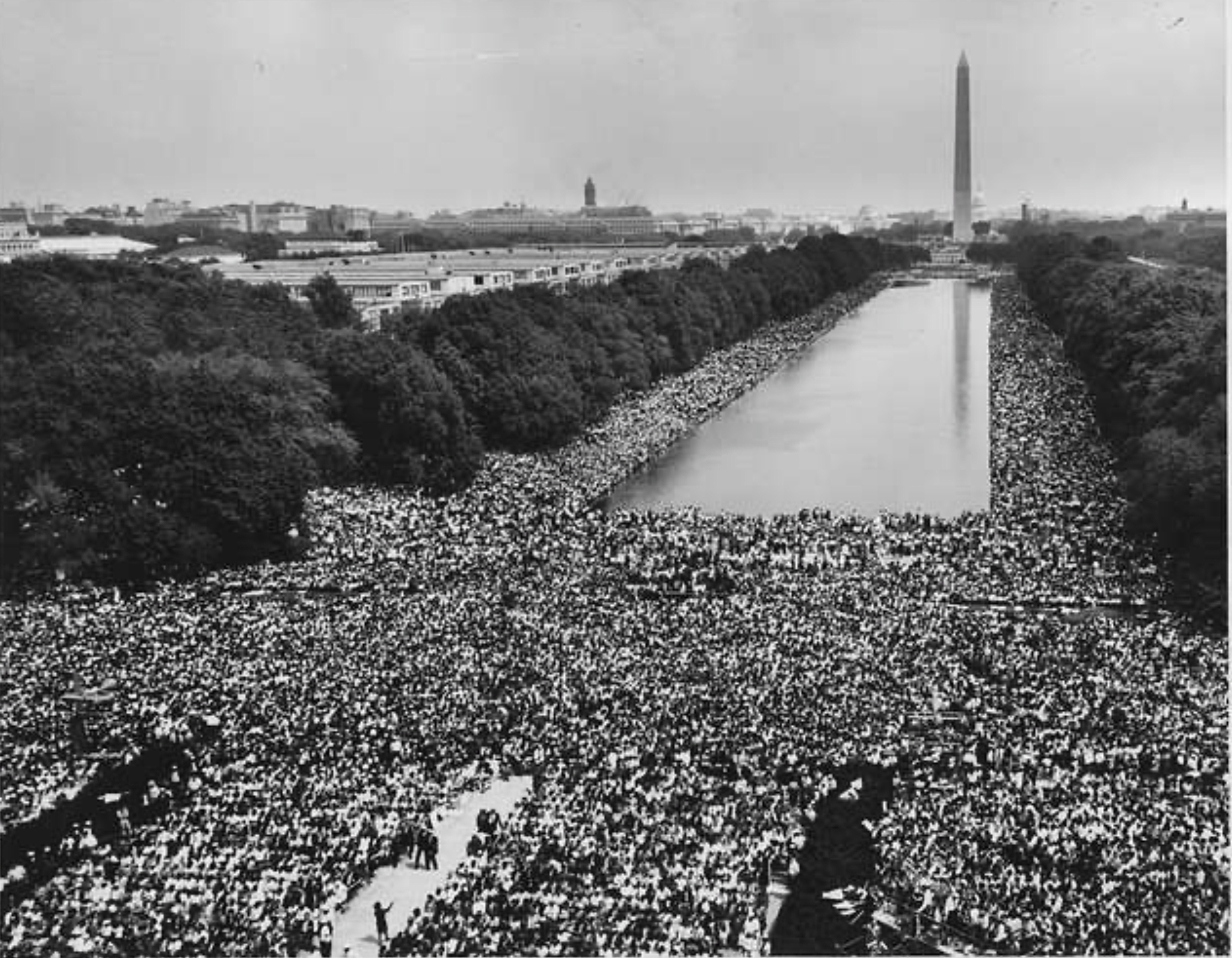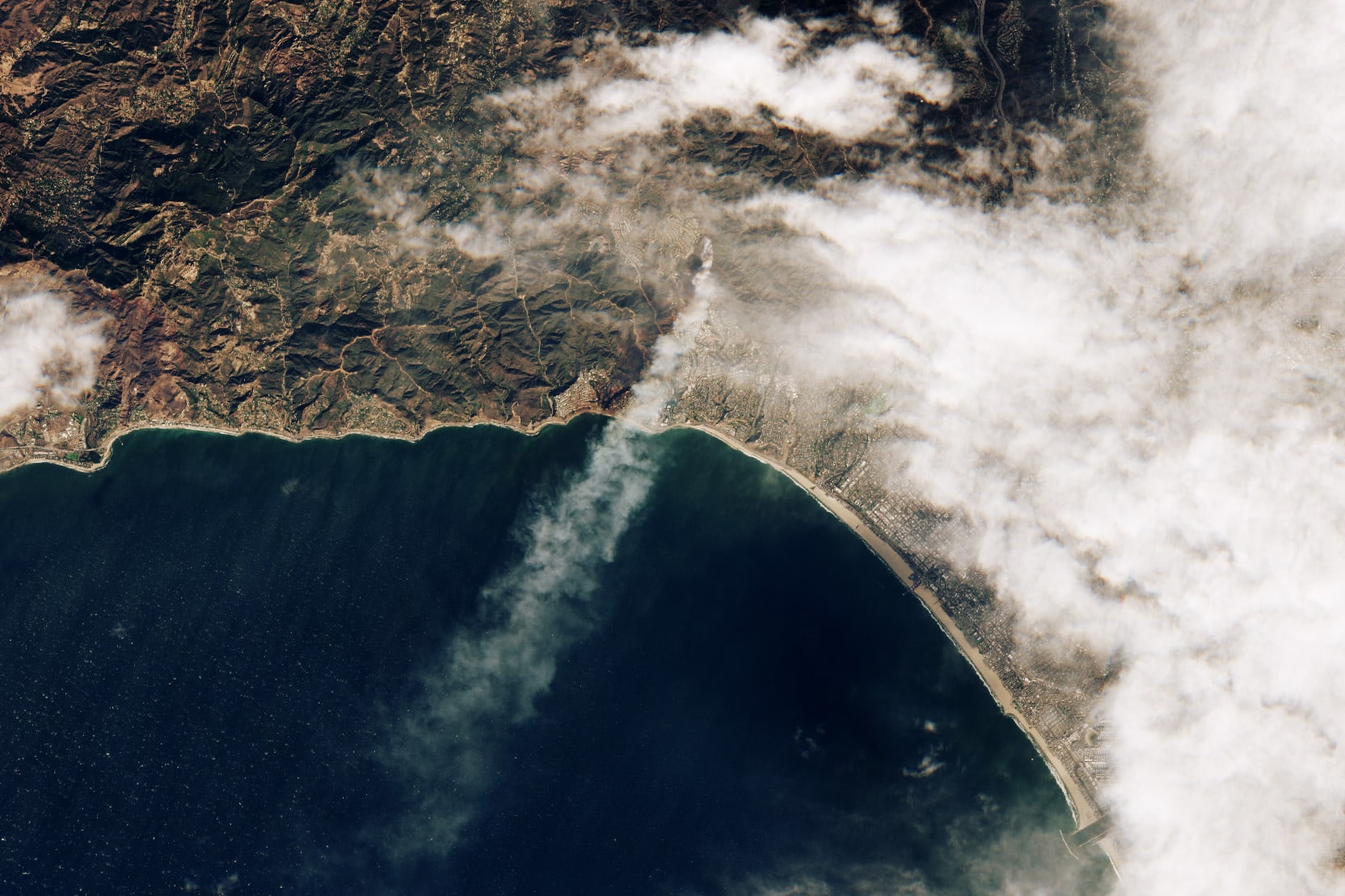
Bush Signed a Bipartisan Bill to Build a 700-Mile Southern Border Fence On This Date
How do you feel about the Secure Fence Act on its anniversary?
On October 26, 2006, President George W. Bush signed the Secure Fence Act into law, to secure the southwestern U.S. border and prevent illegal immigration and drug trafficking. The law required the U.S. government to construct 700 miles of fencing along the border and add new surveillance by both federal agents and technology.
More than a decade later, the border fence is still incomplete and the debate around its necessity is as heated, as President Donald Trump made its completion a key pillar of his 2016 campaign despite and has sought to fund in the face of congressional opposition.
Why did it come up?
The idea of building a border fence wasn’t initially part of Bush’s plan to reform America’s immigration policies. He had preferred to increase enforcement, while creating a guest-worker program to reduce the need for individuals to enter the U.S. illegally, and offering unauthorized immigrants already in the country a path to citizenship.
But going into a midterm election year, Republican lawmakers controlled both chambers of Congress and decided to pass legislation to secure the border before Election Day. In the House, the bill passed on a party-line 283-138 vote with a majority of Democrats voting against the bill. Things were a little more bipartisan in the Senate, which passed the bill on a 80-19 vote with the support of 26 Democrats, including then-Sen. Joe Biden (D-DE), who is pursuing the 2020 presidential nomination, and current Minority Leader Chuck Schumer (D-NY).
What did it do?
The Secure Fence Act required the Dept. of Homeland Security (DHS) to “achieve operational control of the border” by using a combination of fencing and other technology. It called for 700 miles of double layered fencing in five segments stretching from Tecate, California to Brownsville, Texas.
In areas with rugged terrain and/or hills with slopes of 10 percent or greater, fencing wasn’t required and the law allowed for those sections of the border to be secured by other means, such as by aerial drones, cameras, satellites, etc.
The bill also designated priority areas for fencing and surveillance systems to be put in place, and set deadlines for the completion of projects in those areas. It required DHS to build an interlocking camera system from Calexico, California, to Douglas, Arizona, by May 30, 2007, and to complete the fence for that segment one year later. DHS was also required to complete the fence near Laredo, Texas by December 31, 2008.
What has its impact been?
For starters, the fence was never finished. This was due to a combination of factors, primarily a lack of funding and a change in the political landscape. Republicans lost control of both chambers of Congress in the 2006 midterm elections, and after providing about $1.5 billion for the project in 2007 (the last fiscal year during which the GOP controlled both Congress and the White House) funding began to decline under the Democratic Congress.
That trend continued when President Obama took office, who gave a 2011 speech saying: “The (border) fence is now basically complete.” That claim was rated as “mostly false” by Politifact.
While the government had built 652 miles of fencing on about one-third of the southern border as of 2016, only 36 miles of it was double-layered as required by the Secure Fence Act. Nearly 300 miles of that total was vehicle fencing (think standalone, waist-high metal posts meant to stop cars), which means that those parts of the border are still very accessible to people on foot.
In 2016, Trump called for an “impenetrable physical wall” to be built along the U.S.-Mexico border, which he made point number one in his 10-point immigration plan. His Democratic rival for the presidency, Hillary Clinton, said that “we do need to have secure borders and what that will take is a combination of technology and physical barrier.”
Following Trump's victory, funding for the construction of the border wall began to flow from Congress with $1.6 billion included in the FY2018 omnibus spending bill for the construction and replacement of physical barriers. Funding for the rest of the wall, which could cost $20 billion or more in total, has yet to be appropriated.
After Democrats took control of the House following the 2018 midterms the impasse over border security funding precipitated a 35-day partial government shutdown — the longest in U.S. history. It only ended after Congress and the White House agreed to continue funding wall construction and replacement at roughly the same level for FY2019.
— Eric Revell
(Photo Credit: Kimberlee Hewitt / Creative Commons)
The Latest
-
 Changes are almost here!It's almost time for Causes bold new look—and a bigger mission. We’ve reimagined the experience to better connect people with read more...
Changes are almost here!It's almost time for Causes bold new look—and a bigger mission. We’ve reimagined the experience to better connect people with read more... -
 The Long Arc: Taking Action in Times of Change“Change does not roll in on the wheels of inevitability, but comes through continuous struggle.” Martin Luther King Jr. Today in read more... Advocacy
The Long Arc: Taking Action in Times of Change“Change does not roll in on the wheels of inevitability, but comes through continuous struggle.” Martin Luther King Jr. Today in read more... Advocacy -
 Thousands Displaced as Climate Change Fuels Wildfire Catastrophe in Los AngelesIt's been a week of unprecedented destruction in Los Angeles. So far the Palisades, Eaton and other fires have burned 35,000 read more... Environment
Thousands Displaced as Climate Change Fuels Wildfire Catastrophe in Los AngelesIt's been a week of unprecedented destruction in Los Angeles. So far the Palisades, Eaton and other fires have burned 35,000 read more... Environment -
 Puberty, Privacy, and PolicyOn December 11, the Montana Supreme Court temporarily blocked SB99 , a law that sought to ban gender-affirming care for read more... Families
Puberty, Privacy, and PolicyOn December 11, the Montana Supreme Court temporarily blocked SB99 , a law that sought to ban gender-affirming care for read more... Families
 Climate & Consumption
Climate & Consumption
 Health & Hunger
Health & Hunger
 Politics & Policy
Politics & Policy
 Safety & Security
Safety & Security
